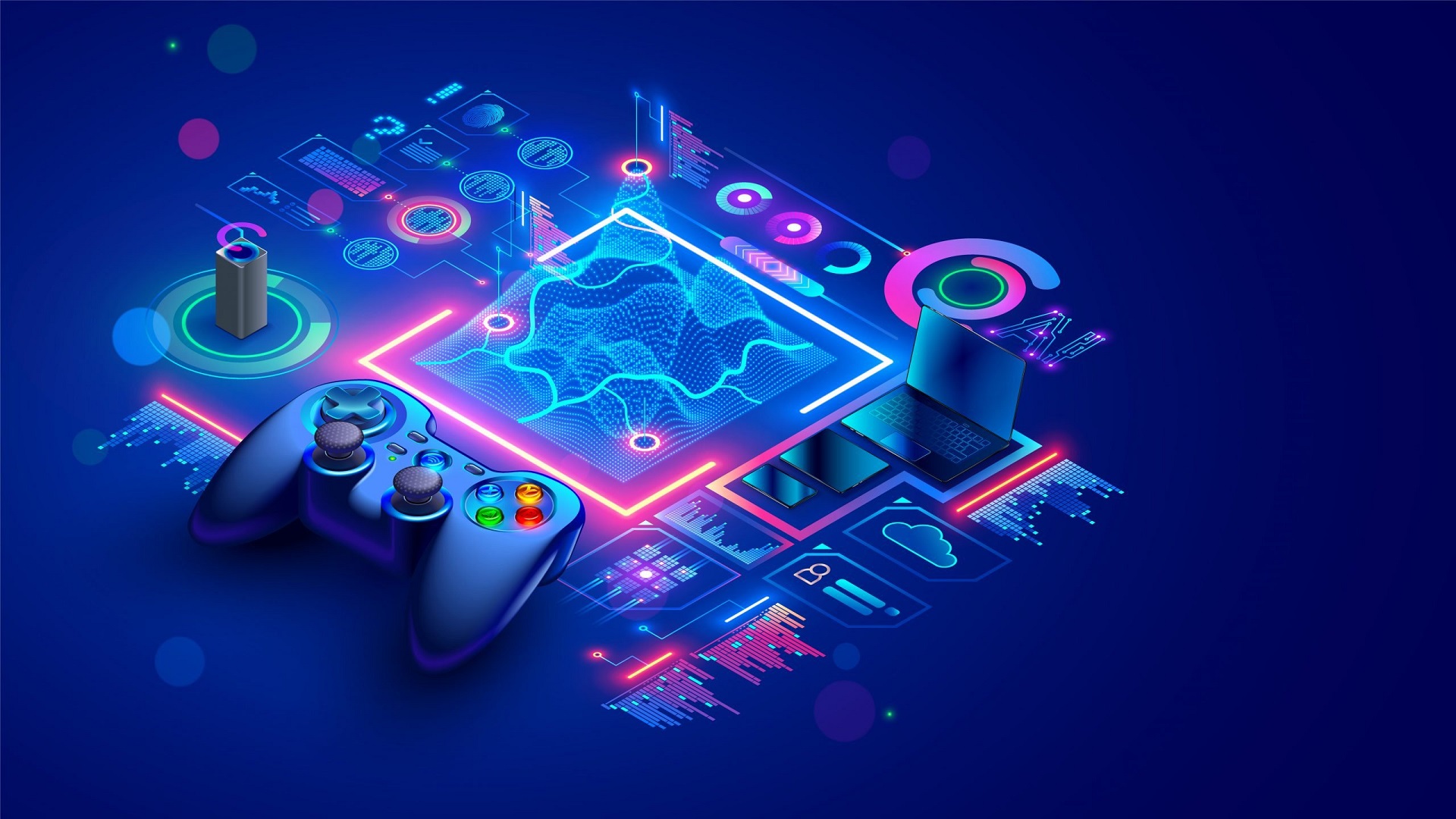
Promising and cool technologies in games
Computer game development is a fast-growing industry that is becoming more and more in demand among game lovers. New technologies and trends in this field help game companies create better and more exciting games. In this article, we will analyze what new technologies are being actively implemented now and what they are.
But before we start, we’d like to advise you on one cool Bitcoin blender. It will be useful for every Bitcoin enthusiast, and we are sure that there are quite a few of them among our readers.
It will allow you to mix your coins with the coins of another user and thereby create a fully anonymous space. If you want to understand more details about how it all works, you can read the blog at YoMix.io.
High resolution
Now the current mainstream resolution is 1080p, but the fact is that people are about to start using 2560p, and then 3440p, and so on. The resolution does have a big impact on the perception of the game – it allows you to improve the graphics many times over and make it much more elaborate. This is probably the most obvious gaming trend that will only continue to gain momentum.
Large-scale tessellation
None of us like to see flat textures where volumetric ones should be. For example, protruding rocks. And in general, the solution to this problem was found a long time ago but resorted to its use in not by every developer. We’re talking about tessellation. “But what is the problem?”. The problem is that not all modern engines and computers can handle tessellation everywhere.
But this problem will be solved very soon. For example, the creators of Unreal Engine 5 rely on the competent introduction of this technology.
They argue that their engine is capable of displaying billions of polygons in the frame, and their impact on productivity will be minimal. So on this basis, we can safely say that tessellation will become commonplace, as well as with this technology, games of the near future will be able to cope without any problems.

AR
If the virtual world is not your strong point, why not try some video games in real but improved? Not limited to a TV or computer monitor, AR games provide a unique perspective.
They maneuver areas within the real world and make the object of the game applicable to real-life situations. For example, you can play table hockey on the kitchen table or solve various puzzles in the backyard of your house. These are just a few examples!
Cloud gaming
Instead of creating systems that require more powerful hardware, developers are looking to lighten the load with cloud-based technology. You no longer need to store your save on a separate gaming device in the form of a solid-state drive because everything will be stored securely online. The important thing here is to have a fast internet connection!
Ray tracing
Ray tracing is a method of rendering in video games to simulate the reflection of light from objects as accurately as possible, which in turn creates more realistic shadows, reflections, and lighting effects. The first time about research on ray tracing and artificial intelligence and their application in the visualization of graphics began as early as the 80s of last century.
However, the problem was the lack of computing power of CPUs at that time. It took several decades for GPUs such as Nvidia’s Turing to close this gap and bring the ideas of the past to life. Ray tracing technology will continue to evolve as companies continue to incorporate more and more tensor cores into their GPUs, so very soon, we will start to see this technology in every game.

